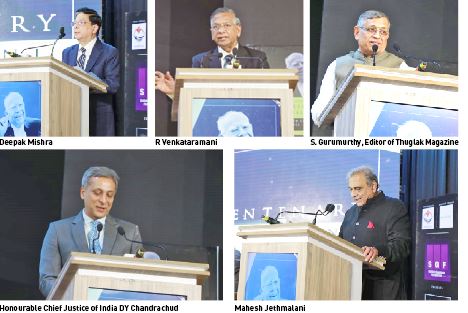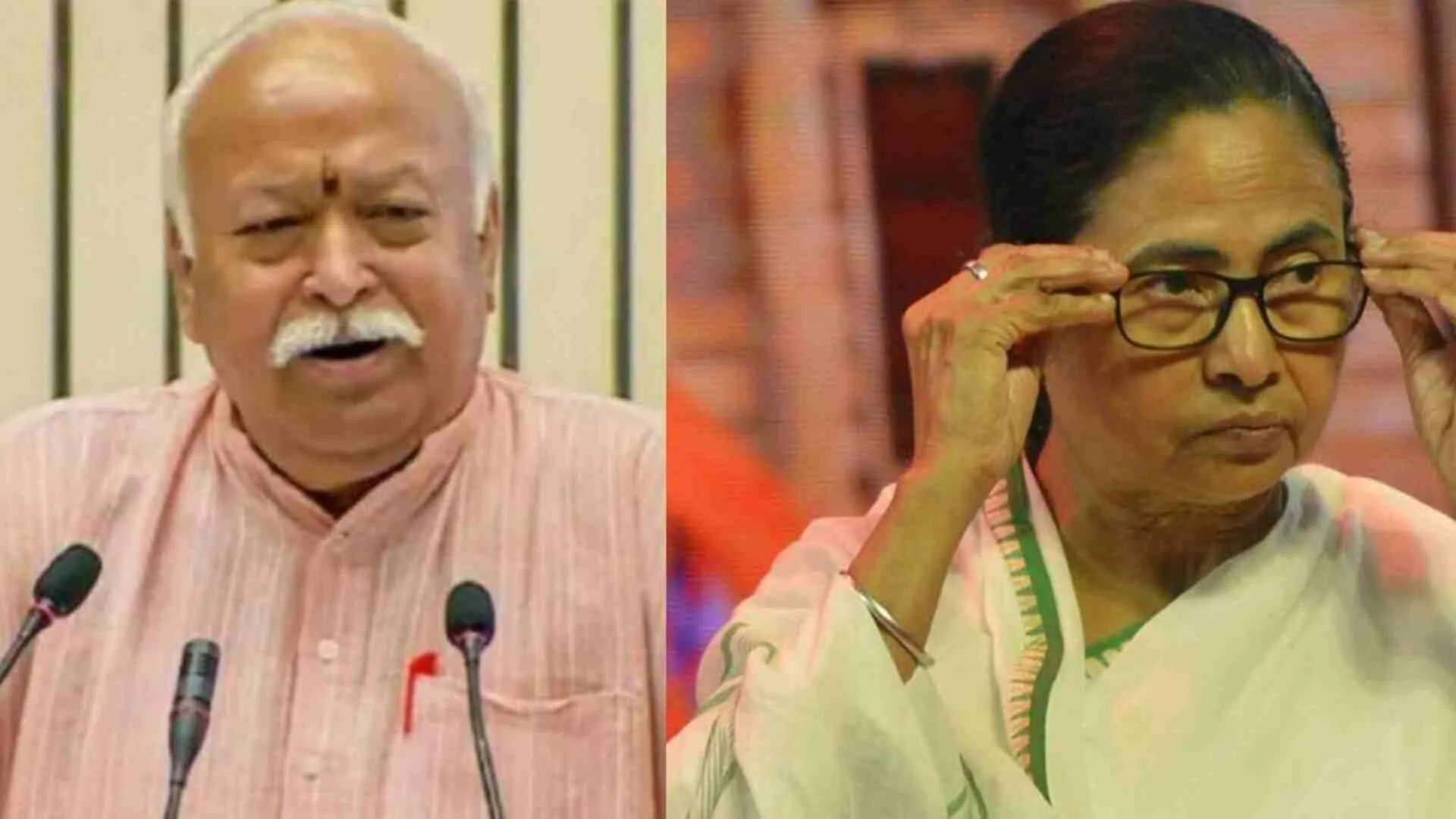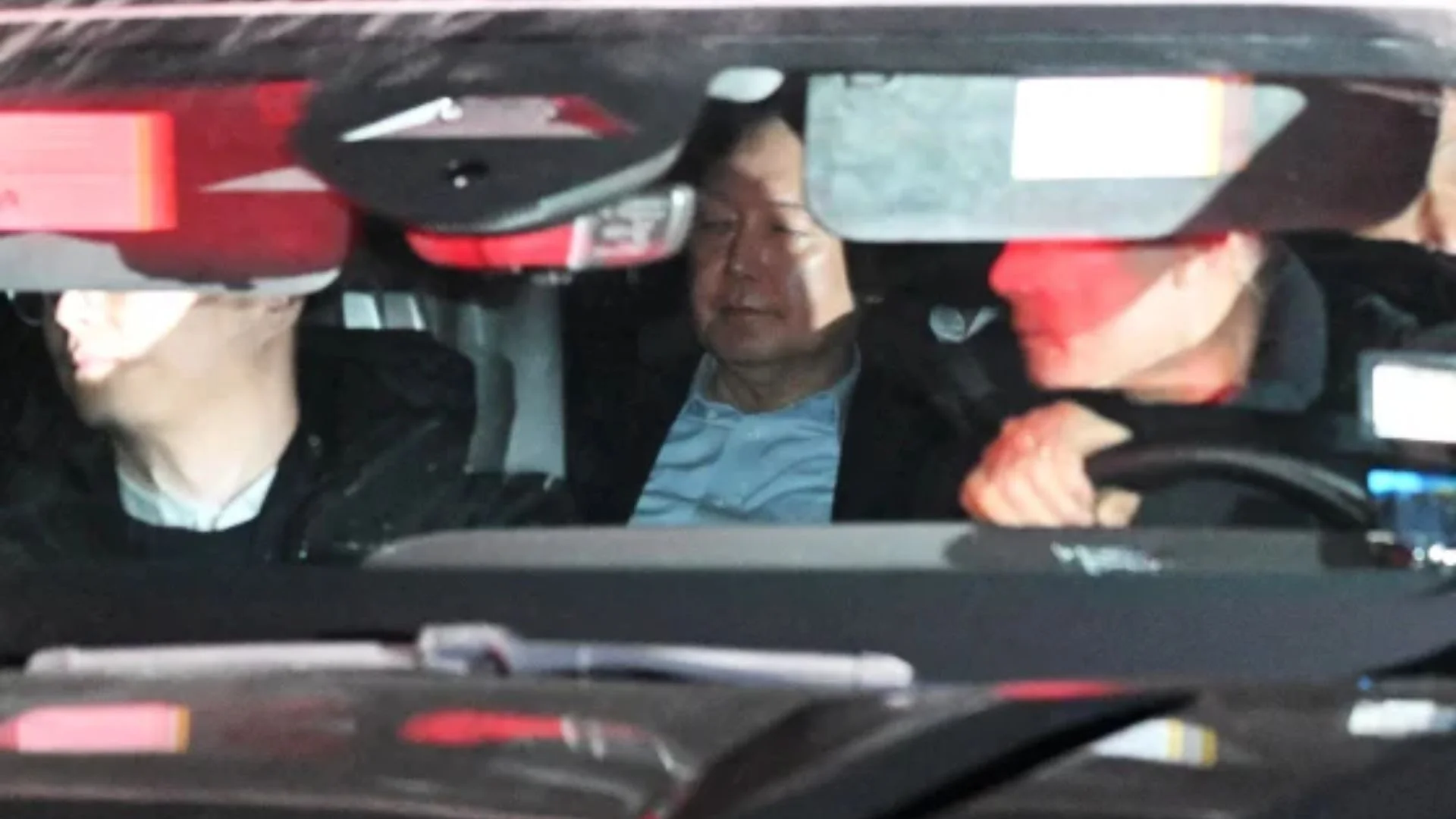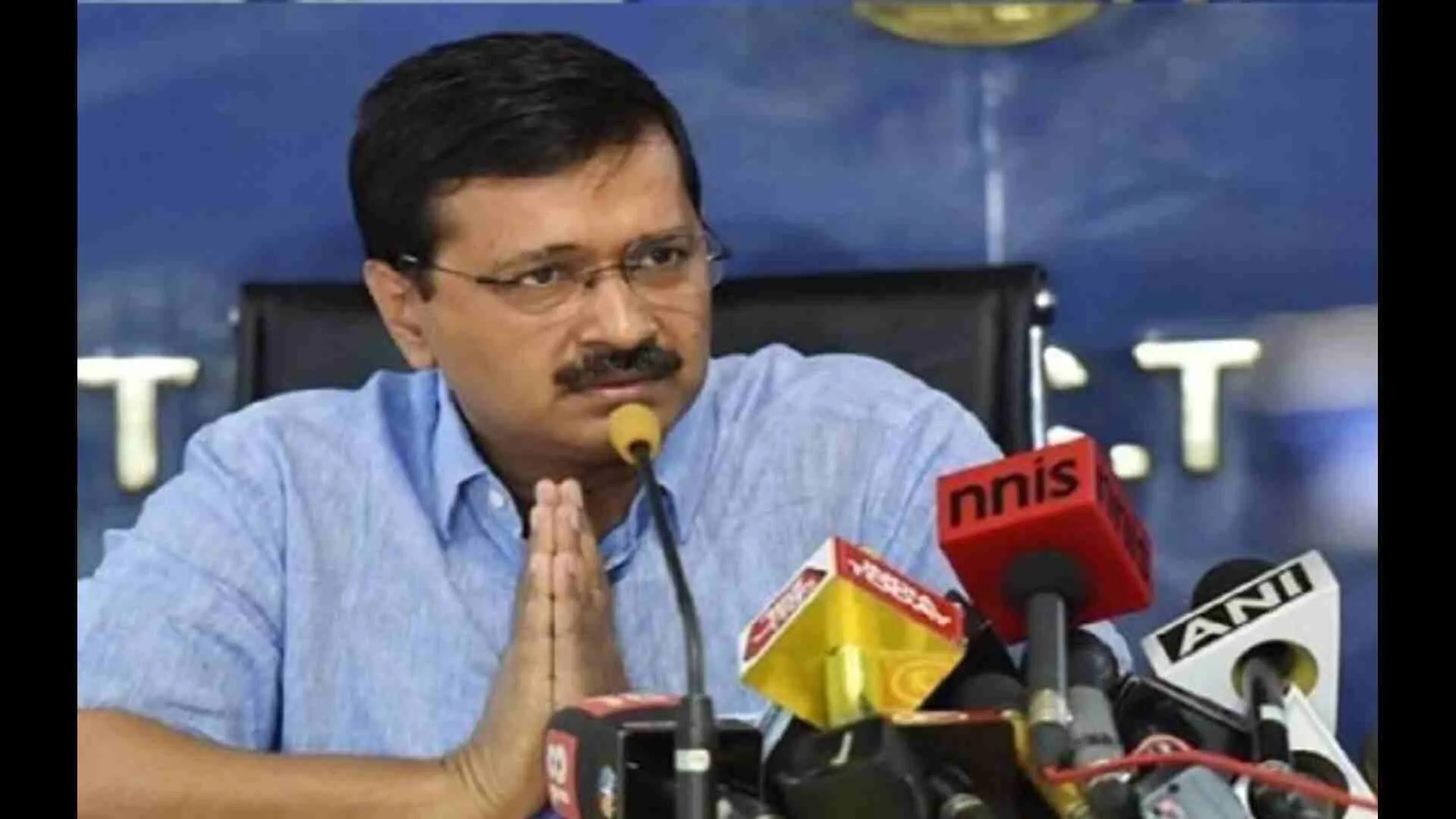Marking the 50 years of the Kesavananda Bharati case also known as the basic structure doctrine case, noted jurists reiterated the significance and continued relevance of the doctrine which states that the power of Parliament to amend the Constitution is not unlimited and no amendment can be allowed to change the Constitution’s basic structure.
“The Centenary Ram Jethmalani Memorial Lecture”, hosted here on Friday by the Sunday Guardian Foundation and noted lawyer Mahesh Jethmalani to mark the birth centenary year of the doyen of jurisprudence, event also saw the best of legal minds delve deep into the topic of the lecture “Has the basic structure doctrine served the nation well.”
The speakers included Senior Advocate Senior Advocate Fali S. Nariman; former CJI Dipak Misra; Editor, Tughlak, S. Gurumurthy; and senior advocate Shyam Divan.
Nariman highlighted how the doctrine has served the nation well over the past 50 years. “In seven reported cases, the challenged provisions have been struck down by the Supreme Court of India by invoking the basic structure doctrine. So it is impossible to generalise. You can look at any particular case and criticise it. In 50 reported cases, the challenge on basic structure doctrine has been repelled and rejected. So you can say a majority of the constitutional amendments have been upheld by the Supreme Court.”
Cautioning judges against intervening with governance, he quoted an extract that said that the present day judges must act like partners with the framers of the Constitution in an ongoing process.”
Former CJI Dipak Misra said, “I am compelled to say that the origin of the basic structure doctrine is flawless… The basic structure doctrine can never be ignored.”
“The Constitution is sovereign and its supremacy is unquestionable. There is no reason to believe that the judiciary is trying to reign supreme,” he said.
“The doctrine stabilises the Constitution, constitution governance and the rule of law… it guides and enriches the constitution,’ he said.
He said the doctrine “remains the natural, consistent and diligently soft rock of our constitutional democracy and philosophy. Never ever barter it”.
Editor of Tughlak S. Gurumurthy, a chartered accountant by profession, said that his association with Ram Jethmalani had increased his interest in law. “Emergency became the first impact on me to study the Constitution,” he said, recalling his days.
He favoured having a relook at the basic structure theory and so did senior advocate Shyam Divan. Divan said there were certain sections in the Constitution, like the one on cooperative societies, which could be considered for alteration.
The basic structure doctrine case pertains to Kesavananda Bharati, of Kesavananda Bharati
Sripadagalvaru had challenged the Kerala land reforms legislation in 1970, which imposed restrictions on the management of religious property.
The case was challenged under Article 26, concerning the right to manage religiously owned property without government interference. A 13-judge Bench was set up by the Supreme Court, the biggest so far, to hear the case.
The landmark judgement was delivered on April 24, 1973 by a thin majority of 7:6 wherein the majority held that any provision of the Indian Constitution can be amended by the Parliament in order to fulfil its socio-economic obligations that were guaranteed to the citizens as given in the Preamble, provided that such amendment did not change the Constitution’s basic structure.

















